Overview
Up in the Kullu district of Himachal Pradesh at 13,800ft above sea level, lies Sar Pass, or frozen lake as per the translation, in the heart of Himachal Pradesh, the Sar Pass Trek is one of the most thrilling trekking experiences in India.
This route, located in the Parvati Valley near Kasol, offers adventure enthusiasts the perfect blend of scenic beauty, challenging terrain, and immersive cultural experiences. Treks in India have a way of connecting you with nature, and the Sar Pass Trek is no exception. As you hike on trails and traverse steep slopes and snowy trails, you’ll experience a high-altitude mountain pass that takes you over a ridge connecting two valleys.
This trek is not only a test of physical fitness but also an invitation to explore vast grasslands, dense forests, and meadows set against the backdrop of towering Himalayan peaks. From camping in scenic locations to walking through remote Himalayan villages, each step is a chance to connect with nature.
Whether you’re an adventure enthusiast seeking a challenging climb or a beginner eager for a trekking destination that’s rich in culture, the Sar Pass Trek promises unforgettable memories and a true camping experience under the open skies.
What Makes Sar Pass Trek a Must-Visit Trek?
A Journey Through Wilderness and Self-Discovery
After a month of struggling to follow a healthy lifestyle in preparation for the trek and spending more on gear than the trip itself we finally set off. From Delhi, we boarded a bus to Bhuntar and then to Kasol, a town that exudes an irresistible charm. Kasol is every stoner’s paradise, where Bob Marley and Lord Shiva are equally revered, where every bike is a Royal Enfield, and riverside chill sessions with beer bottles in hand are the norm. The town, often dubbed the “Goa of the North,” is a blend of Israeli immigrants, trance parties, and music festivals, an absolute contrast to what awaited us at the base camp.
Upon arrival, our excitement was met with strict schedules, allotted tents, and a three-day acclimatization routine. The first day was for exploring the town, the second for a warm-up trek and a brutally early morning workout that shattered any illusions we had about our fitness levels, and the third for rock climbing and rappelling (which, I quickly realized, was not my forte). Despite the grueling physical training, the evenings at camp were a different story. Every night, new arrivals were entertained by those about to embark on the trek and those returning victorious. It was a cycle of storytelling, laughter, and bonding under the starlit sky, reminding us that this journey was as much about the people as it was about the mountains.
More Than Just a Trek it’s a Cultural and Personal Awakening
Beyond the landscapes, the Sar Pass Trek also offered a glimpse into the rich cultural heritage of Himachal Pradesh. As we passed through remote villages, we interacted with locals whose way of life remained deeply connected to nature. Their warmth and hospitality, the simple yet delicious food, and the fascinating stories of mountain legends added an unexpected layer to our adventure.
Looking back, the trek was not just about conquering a mountain it was about self-discovery. We learned resilience as we pushed past our limits, camaraderie as we encouraged each other through the toughest climbs, and humility in the face of nature’s grandeur. And of course, I learned that my one-month workout was no match for the real deal, rock climbing was definitely not my calling, and that the “mocktails” in Kasol were, in fact, very much not mocktails.
Trek Itinerary
Drive Distance and Time: 8 km | 45 min
Trek Distance and Time: 2 km | 1 hr
Kasol: 1,700 m / 5,600 ft, Grahan Village: 2,350 m / 7,700 ft
Highlights: Enjoy a smooth drive from Kasol to the starting point, Begin your hike on a trail across a gentle path, passing through scenic surroundings and local villages, Experience the gradual ascent with breathtaking views along the route.
The trek to Grahan begins with a relatively easy trail up to the lunch point, where trekkers take a break before resuming the ascent. After lunch, the path becomes steeper, making the climb more challenging, especially for those carrying heavier backpacks or trekking without walking sticks.
As the group continues, teamwork and support play a key role in maintaining morale. Some trekkers motivate each other with music and conversation, ensuring a steady pace. The final stretch to Grahan can be demanding, particularly if weather conditions change. A smaller group may take longer to reach the campsite, but perseverance and group spirit help everyone complete the journey.
Upon arrival at Grahan, trekkers are welcomed by the peaceful surroundings of the village. A makeshift fire inside a gazebo provides warmth, offering a well-earned moment of relaxation, especially if it has rained along the way.
Trek Distance: 8 km | 5-6 hrs
Min Thach: 3,400 m
The trek to Padri Camp is smooth and enjoyable, with no major challenges along the way. Upon arrival, trekkers are greeted by a breathtaking landscape,an open grassland surrounded by snow-clad mountains. A closer look at the towering peaks reveals waterfalls cascading down their slopes, adding to the stunning scenery.
Once settled, trekkers quickly step out of their tents to enjoy the serene surroundings. Some engage in a friendly game of cricket, while others capture photographs, sketch, or simply relax and chat. As evening approaches, the group comes together for a lively session of Antakshari, singing enthusiastically with only the mountains as an audience.
As night falls, conversations shift to ghost stories, adding an element of thrill to the evening. However, the clear sky soon steals everyone’s attention, revealing an awe-inspiring view of countless stars, constellations, and even shooting stars. The peaceful and engaging atmosphere at Padri Camp makes it an ideal spot for bonding, where trekkers regardless of their personalities share unforgettable moments under the vast night sky.
Trek Distance: 5 km | 4-5 hrs
Nagaru: 3,800 m
Imagine experiencing all the seasons of the year in a single day! We set off in the winter season, midway faced summer, and as we reached Min Thach, were welcomed by the monsoon. The steep climb was a test to our limits, but a promise of another beautiful campsite kept us on move.
Min Thach Camp offers a stunning panoramic view of mountain ranges stretching across the horizon, resembling a scene straight out of a painting. From this vantage point, trekkers can even spot their next campsite, Nagaru. As the sun begins to set, the group takes a moment of silence to take in the breathtaking scenery, creating a deep sense of connection with nature.
Min Thach is also where trekkers take the opportunity to change clothes after three days of trekking, highlighting the simplicity of mountain life. Basic facilities such as makeshift toilets and a water source located downhill require effort to access, making even daily routines an adventure in themselves. Fetching water and hiking back uphill become part of the experience, reinforcing the spirit of adaptability and resilience. Despite the challenges, every effort is worthwhile, as the camp provides an unforgettable experience amidst the serenity of the high-altitude landscape.
Trek Distance: 12 km | 7-8 hrs
Sar Pass: 4,200 m
The trek from Min Thach to Nagaru is one of the most challenging sections of the journey. Just when the previous day seemed like the limit of endurance, this stretch pushed trekkers even further. As dark clouds gathered near the lunch point, the group hurried to cover the remaining 30 minutes of the trek before the weather worsened. A sudden hailstorm made the steep ascent even more demanding, with the cold numbing hands despite the effort of the climb.
Upon reaching Nagaru Camp, the priority was securing the tents against the rain. Despite exhaustion and freezing hands, trekkers worked together to ensure their tents were well-protected from the elements. Once the rain eased, the group stepped out to take in the magnificent views and capture moments through photography and conversation.
Nagaru Camp also provided the first mobile network access of the trek, allowing trekkers to reconnect with their families. Along with the beauty of the surroundings, this small comfort added to the sense of appreciation for both nature and home.
This adds to the list of things that the trek teaches us that there’s no match to the attachment we hold for our families.
Drive Distance: 15 km | 1 hr
Trek Distance: 6 km | 4-5 hrs
Pulga: 2,400 m
The trek to Sar Pass begins with a steady ascent, where trekkers follow the guide’s instructions, moving in a single file at a moderate pace. The trail is smooth, and with favorable weather, the climb is manageable. Within a few hours, the trek reaches its highest point at 13,800 ft, offering a panoramic view of the surrounding snow-covered mountains. The highlight of the summit is a frozen lake, where trekkers take a short break to capture photographs and enjoy the scenery.
After spending some time at Sar Pass, the trek continues towards the lunch point. The meal includes simple yet satisfying options like Maggi and omelets, adding to the unique experience of dining in the snow-clad mountains.
Following lunch, trekkers tackle a steep climb before reaching the final descent. The descent includes an exciting snow slide, a thrilling way to navigate the snowy slopes. This section of the trek is both fun and challenging, requiring balance and control.
As the trail continues downward, trekkers eventually reach Biskeri Camp. Due to the rain, many arrive at the campsite soaking wet. The evening is spent resting, having dinner, and reflecting on the day’s experiences before retiring for the night.
Trek Distance: 8 km | 4-5 hrs
The descent from Biskeri to Bhandak Thatch follows an easy downhill trail, leading to one of the most picturesque campsites of the trek. Often referred to as the “Switzerland of the trek,” Bhandak Thatch is a vast stretch of lush green meadows, dotted with grazing horses and surrounded by dense pine forests and snow-capped peaks.
The day’s trek is relatively short and allows ample time to relax and enjoy the serene surroundings. Trekkers often engage in leisure activities like cricket, photography, and exploring the meadows. A warm serving of Maggi remains a staple at the campsite, offering comfort in the chilly mountain air.
As the evening sets in, a bonfire is arranged, bringing the group together for one last night of stories, laughter, and reflections on the journey. The peaceful environment and starry skies make Bhandak Thatch a perfect place to unwind before the final descent.
The next morning marks the last leg of the trek, as the group prepares to return to Kasol, looking forward to a well-earned meal beyond the usual Maggi and omelets, marking the end of an unforgettable adventure.
Package Details
Price Inclusion
Accommodation:
Transportation:
Meals:
Trek Equipment: All essential trek equipment is included, such as sleeping bags, kitchen and dining tents, utensils, mattresses, personal tents, toilet tents, and crampons (if needed).
Forest Entry and Permits: All required fuel charges, tolls, forest entry fees, and permits are covered.
Experienced and Certified Guides: A qualified, professional team, including a mountaineering-certified trek leader, guide, cook, and support staff, will accompany you.
Emergency Kit: First aid medical kits, oxygen cylinders, and stretchers are provided to ensure the safety, comfort and well-being of all participants.
Trek Certificate & HDT Badges: Receive a trek certificate and HDT badges to celebrate your adventure.
GST (5%): Included in the package cost.
Price Exclusion
Meals during Transfer: Meals are not included while traveling to and from the trek starting points.
Emergency Evacuations: Any charges related to emergency evacuation are not included.
Personal Expenses: Any meals or accommodations outside of the provided itinerary or additional services not listed in the inclusions.
Personal Luggage Carrying: Charges for mules or porters to carry personal luggage are NOT included in fees.
Best Time to Visit for this Trek
The Sar Pass Trek is best experienced when the weather is pleasant and the meadows are in full bloom. The months from April to June and September to October offer moderate temperatures, clear skies, and an ideal climate for trekking.
| Season | Weather & Temperature | Clothing & Gear | Scenery Highlights | Difficulty & Precaution |
| Spring | Pleasant | Lightlayers, water proof jacket | Blooming flowers, lush green meadows | Ideal for beginners; clear paths |
| Summer | Warm days, cool nights | Breathable clothing.sun protection | Vibrant wildflowers, open vistas | Some challenging sections under sun |
| Autumn | Breathable clothing, sun protection | Warmlayers, waterproof boots | Golden hues on snow capped peaks and misty mornings | Extra caution on steep slopes |
| Winter | Snowy | HeavySnow-snowy winter gear, insulated boot | Snow covered trails, serene landscapes | Not recommended; high risk of injury |
This seasonal breakdown helps you plan your trekking itinerary according to your comfort and the nature of the terrain.
Difficulty Level of this Trek
Overall Difficulty: The Sar Pass Trek is rated as moderately difficult to challenging. It requires good physical and mental endurance due to its steep slopes, long distances, and high-altitude conditions.
Difficulty Analysis with Factors:
- Terrain: The trek involves walking through dense forests, crossing ridges, and negotiating steep slopes. The nature of gradient changes along the route demands focus and careful pacing.
- Walking Distance and Altitude Gain: With significant altitude gains over relatively short distances, trekkers must be prepared for both ascent and descent challenges, especially on steep sections to the top of a pass.
- Weather & Temperature: The weather in the Himalayas can change rapidly. From warm days in the lower regions to chilly winds near the Sar Pass summit, appropriate clothing and gear are essential to avoid injuries and adapt to the terrain.
Preparation for the Trek [Physical Fitness, AMS]
– Physical Fitness : Engage in regular cardiovascular exercises and strength training at least four weeks prior to the trek to enhance stamina and endurance.
– Acclimatization : Spend adequate time acclimatizing to higher altitudes to prevent altitude sickness. Listen to your body and ascend gradually.
– Gear : Equip yourself with appropriate trekking gear, including sturdy footwear, layered clothing, rain protection, and essential accessories like trekking poles and headlamps.
– Hydration and Nutrition : Maintain proper hydration and consume a balanced diet to keep energy levels up during the trek.
Trek Essentials
The best time for Kedarkantha Trek is during the winter months, especially from December to April, when the entire trail is covered with snow.
- 45-60 Ltr Bag Pack With Rain Cover & Comfortable Straps
- 20-30 Ltr Day Pack with Rain Cover
- Head Torch
- Waterproof Trekking Shoes
- Trek Pant
- 1-2 Trekking Pole
- Down Jacket
- 1 Poncho or Rain Coat
- Tiffin Box for Packed Lunches
- 1 Hydration Pack / Hot & Cold Water Bottle Like Borosil & Milton
- 45-60 Ltr Bag Pack With Rain Cover & Comfortable Straps
- 20-30 Ltr Day Pack with Rain Cover
- Head Torch
- Waterproof Trekking Shoes
- Trek Pant
- 1-2 Trekking Pole
- Down Jacket
- 1 Poncho or Rain Coat
- Tiffin Box for Packed Lunches
- 1 Hydration Pack / Hot & Cold Water Bottle Like Borosil & Milton
- 45-60 Ltr Bag Pack With Rain Cover & Comfortable Straps
- 20-30 Ltr Day Pack with Rain Cover
- Head Torch
- Waterproof Trekking Shoes
- Trek Pant
- 1-2 Trekking Pole
- Down Jacket
- 1 Poncho or Rain Coat
- Tiffin Box for Packed Lunches
- 1 Hydration Pack / Hot & Cold Water Bottle Like Borosil & Milton
- 45-60 Ltr Bag Pack With Rain Cover & Comfortable Straps
- 20-30 Ltr Day Pack with Rain Cover
- Head Torch
- Waterproof Trekking Shoes
- Trek Pant
- 1-2 Trekking Pole
- Down Jacket
- 1 Poncho or Rain Coat
- Tiffin Box for Packed Lunches
- 1 Hydration Pack / Hot & Cold Water Bottle Like Borosil & Milton
- 45-60 Ltr Bag Pack With Rain Cover & Comfortable Straps
- 20-30 Ltr Day Pack with Rain Cover
- Head Torch
- Waterproof Trekking Shoes
- Trek Pant
- 1-2 Trekking Pole
- Down Jacket
- 1 Poncho or Rain Coat
- Tiffin Box for Packed Lunches
- 1 Hydration Pack / Hot & Cold Water Bottle Like Borosil & Milton
Tab 1 content.
How To Reach Base Camp
For most trekkers, Kasol is the gateway to the Sar Pass Trek. Located in the Parvati Valley, Kasol is well-connected by road and is a popular tourist destination in Himachal Pradesh. Buses and taxis frequently run from major nearby cities, and the town itself offers several accommodations. From Kasol, local transport or a short drive brings you to the starting point of your adventure, where you can begin your journey through the picturesque trails of the Himalayas.
Trek Map
Weather & Temperature
More Info About this Trek
Cultural & Historical Insights
The region around Kasol and the Parvati Valley is rich in culture. Trekkers have the opportunity to interact with local communities, learn about the history of remote Himalayan villages, and enjoy authentic Himachali cuisine a cultural immersion that enhances the overall trekking experience.
Flora & Fauna
The trek passes through lush green forests, vibrant meadows, and along gushing rivers where a diverse array of flora and fauna can be spotted. This biodiverse environment adds to the charm of the route, making it an ideal trek for nature lovers.
Nearby Destinations
After conquering the Sar Pass Trek, consider exploring other treks in Himachal Pradesh such as those near Kasol or even venturing into Manali for additional adventure. The region’s mix of scenic beauty, cultural heritage, and challenging terrain ensures that every traveler finds something unique to enjoy.
SCI, Foreign Permit & Vehicle
During this time, thick snow covers the trail, and trekkers can enjoy fresh snowfall. Sometimes the path becomes a bit difficult due to heavy snowfall, but it is very much liked by trekkers as it adds thrill and challenge to the trek. Trekkers can enjoy walking on the snow and see the snow-capped peaks visible from a distance. The sunrise from the mesmerizing peak is breathtaking, offering views of the mighty Himalayan peaks under bright, clear skies.
Although the months between December to February are the coldest and the temperature remains below zero at night, this is the time when the landscape around the trail turns into a wonderful paradise.
Though these months are mostly cloudy, if you are lucky, you can enjoy the bright landscapes under clear skies. The campsites are covered in a blanket of snow, and near Judha Ka Talab, trekkers can even walk on the frozen lake.

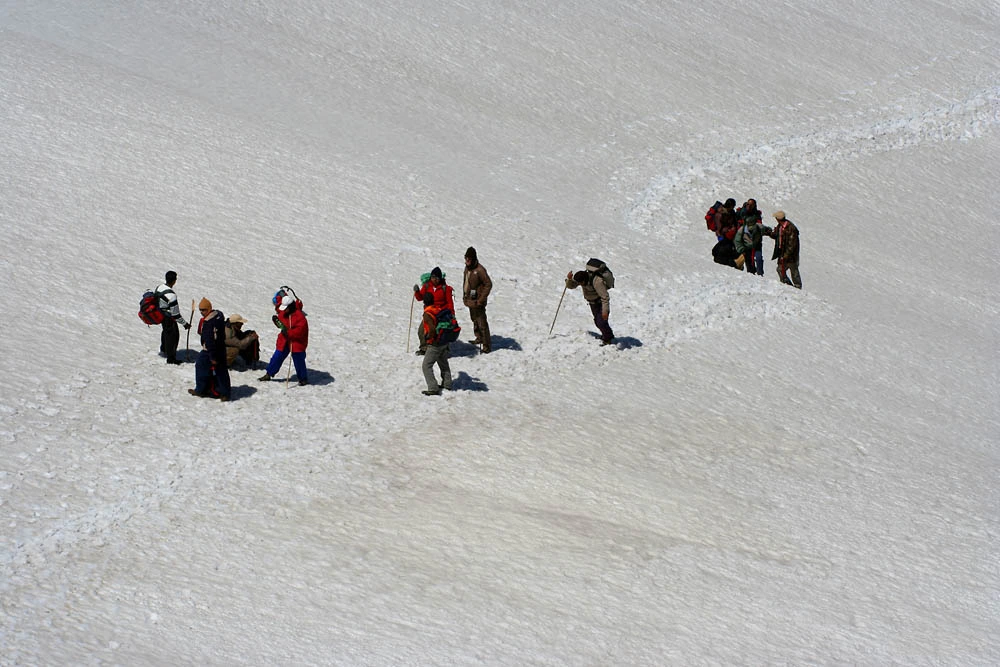

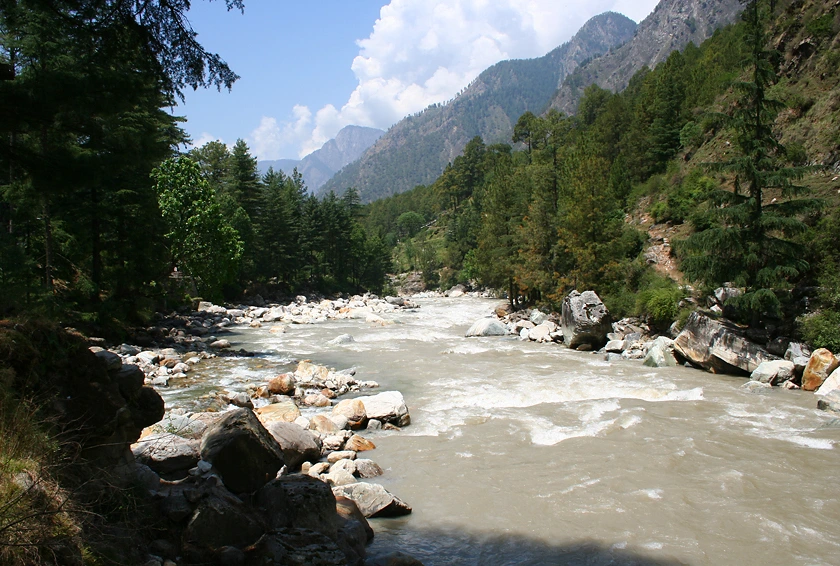
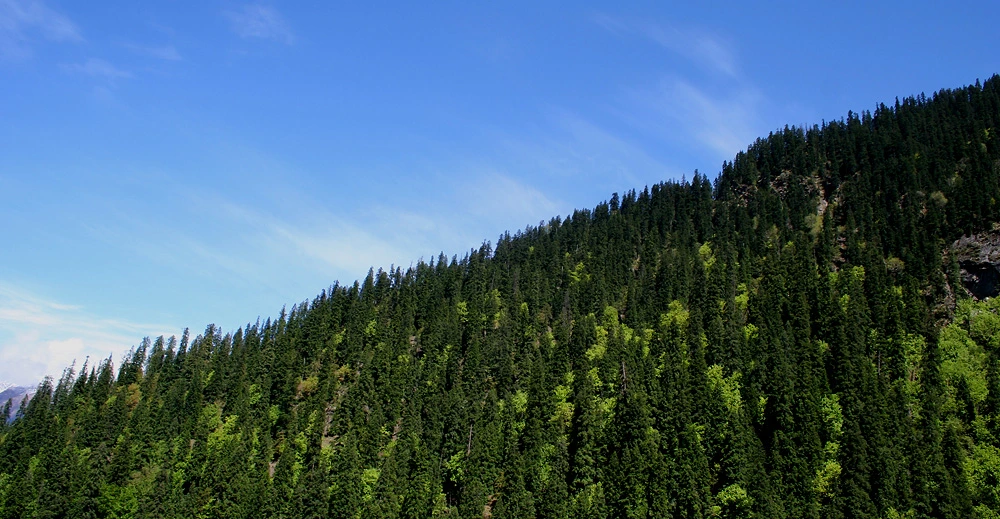
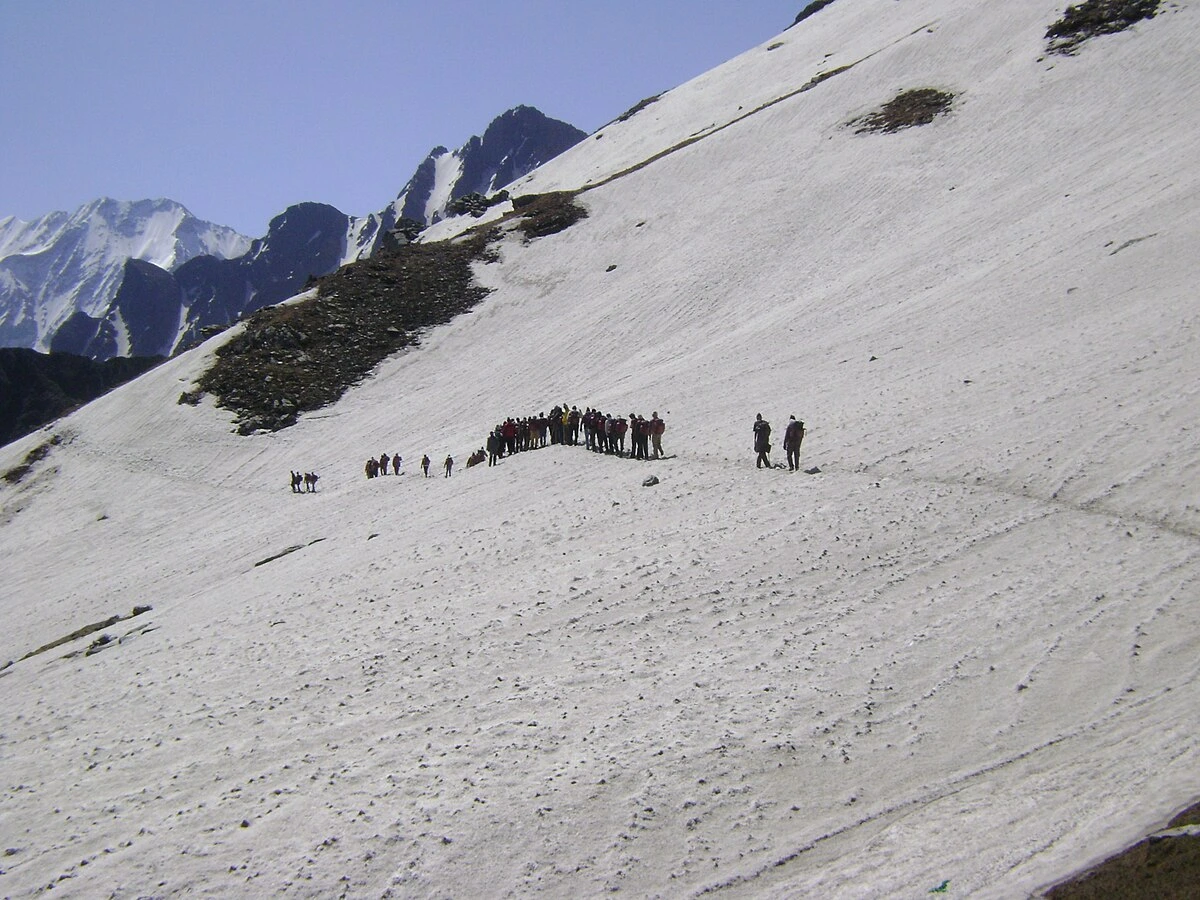
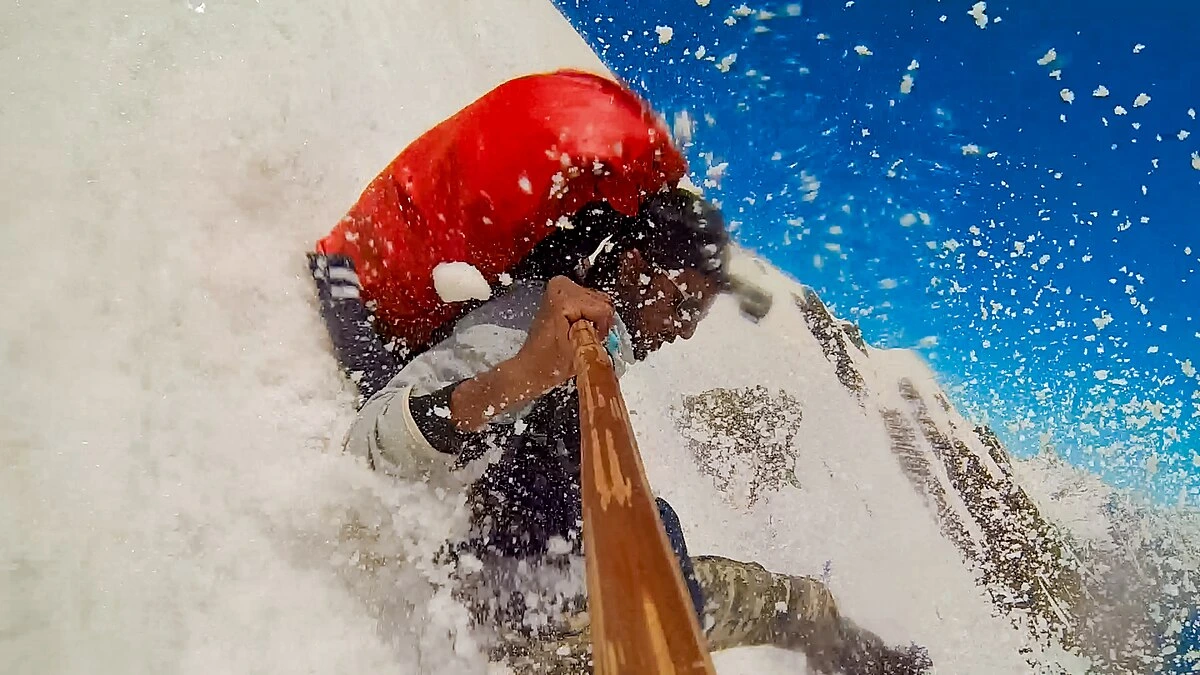
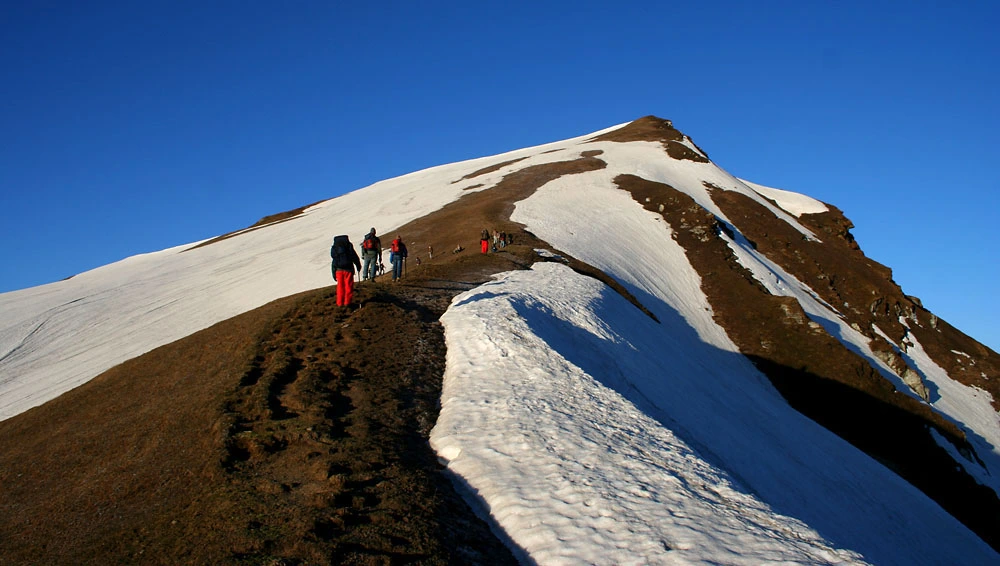
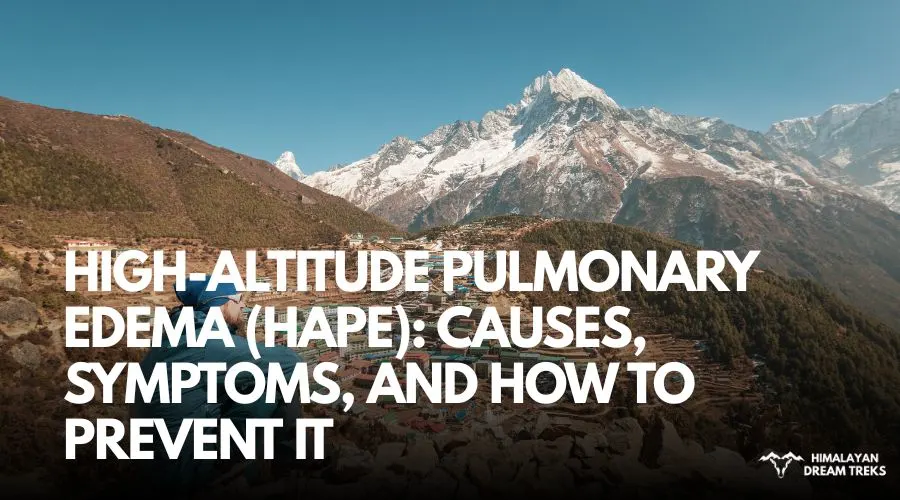

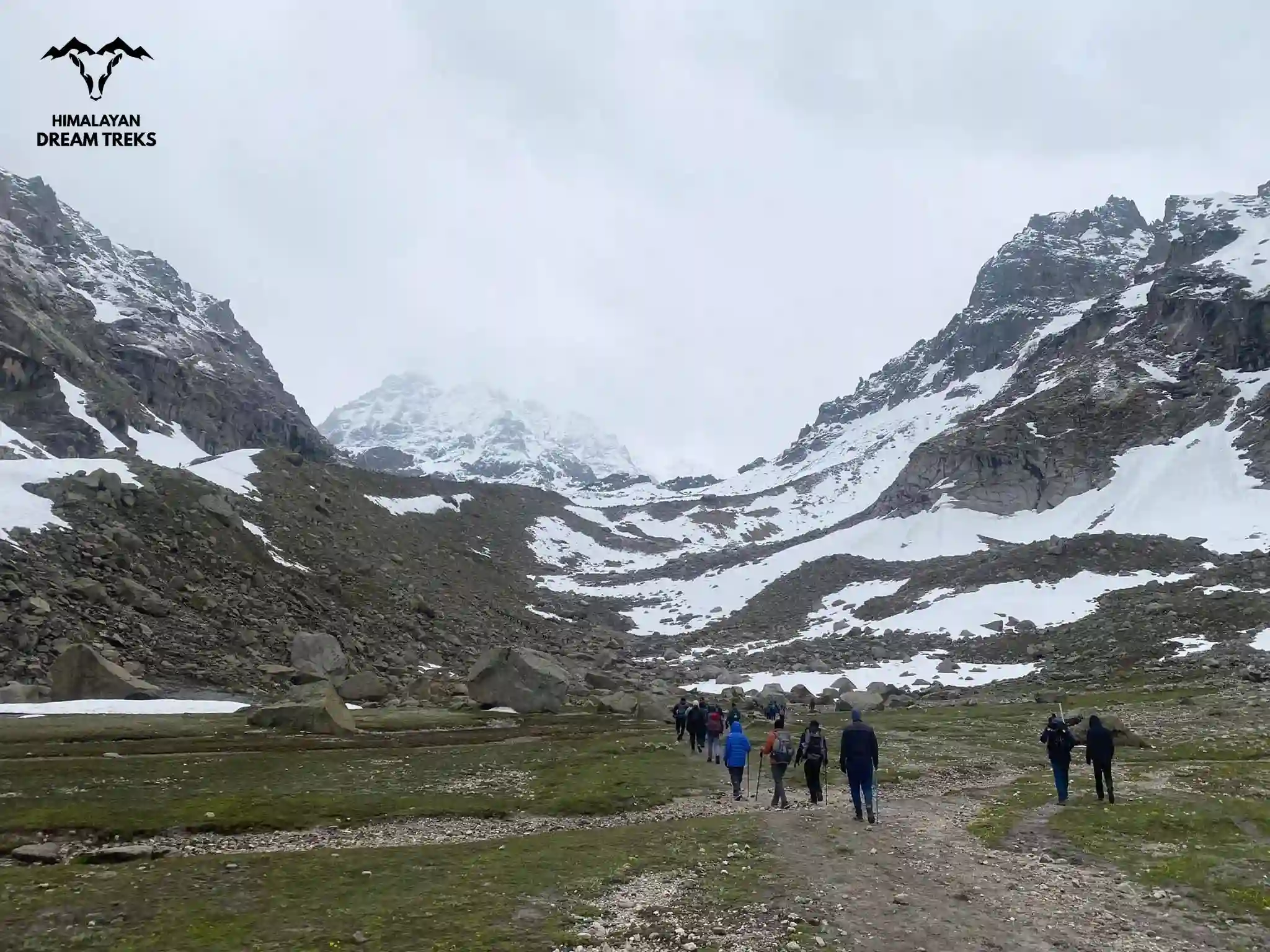

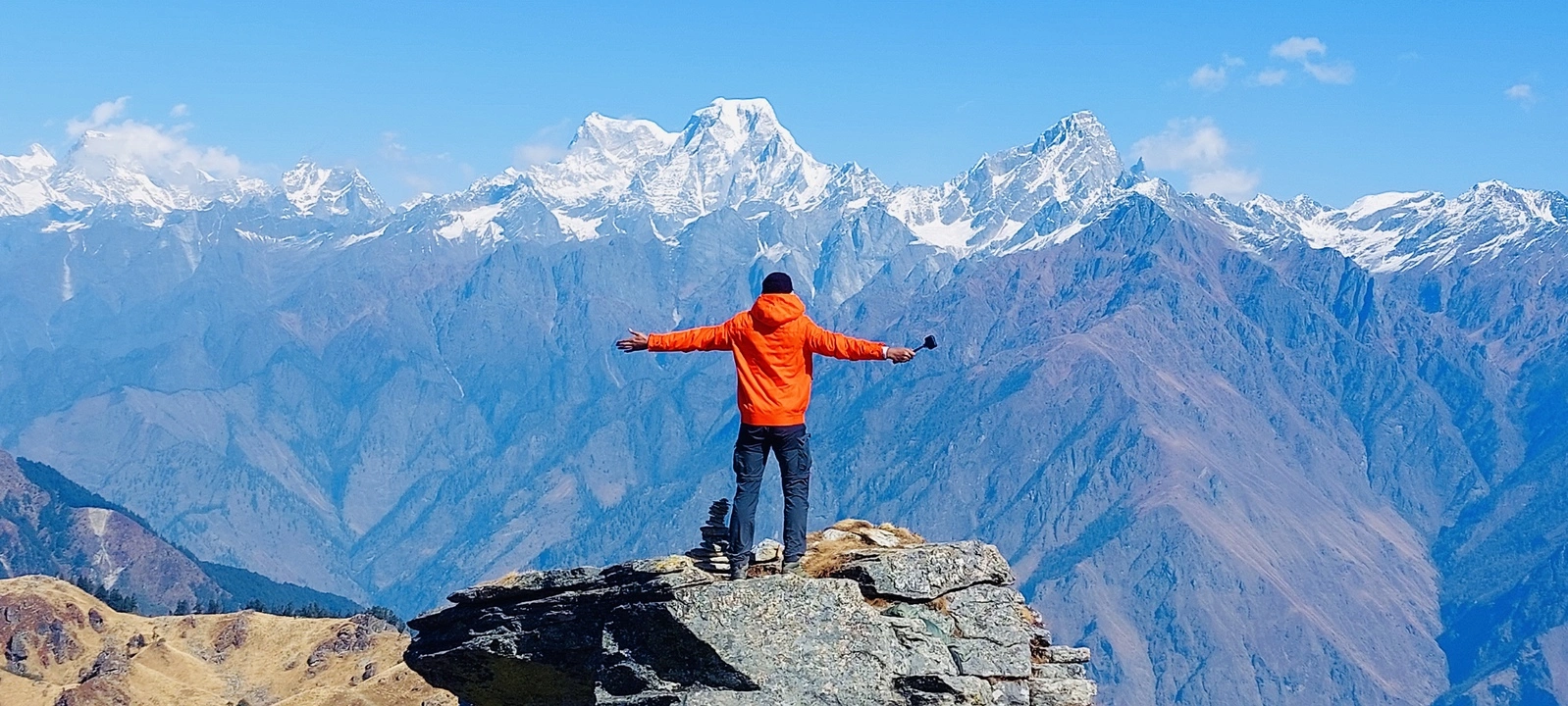
Leave a Comment